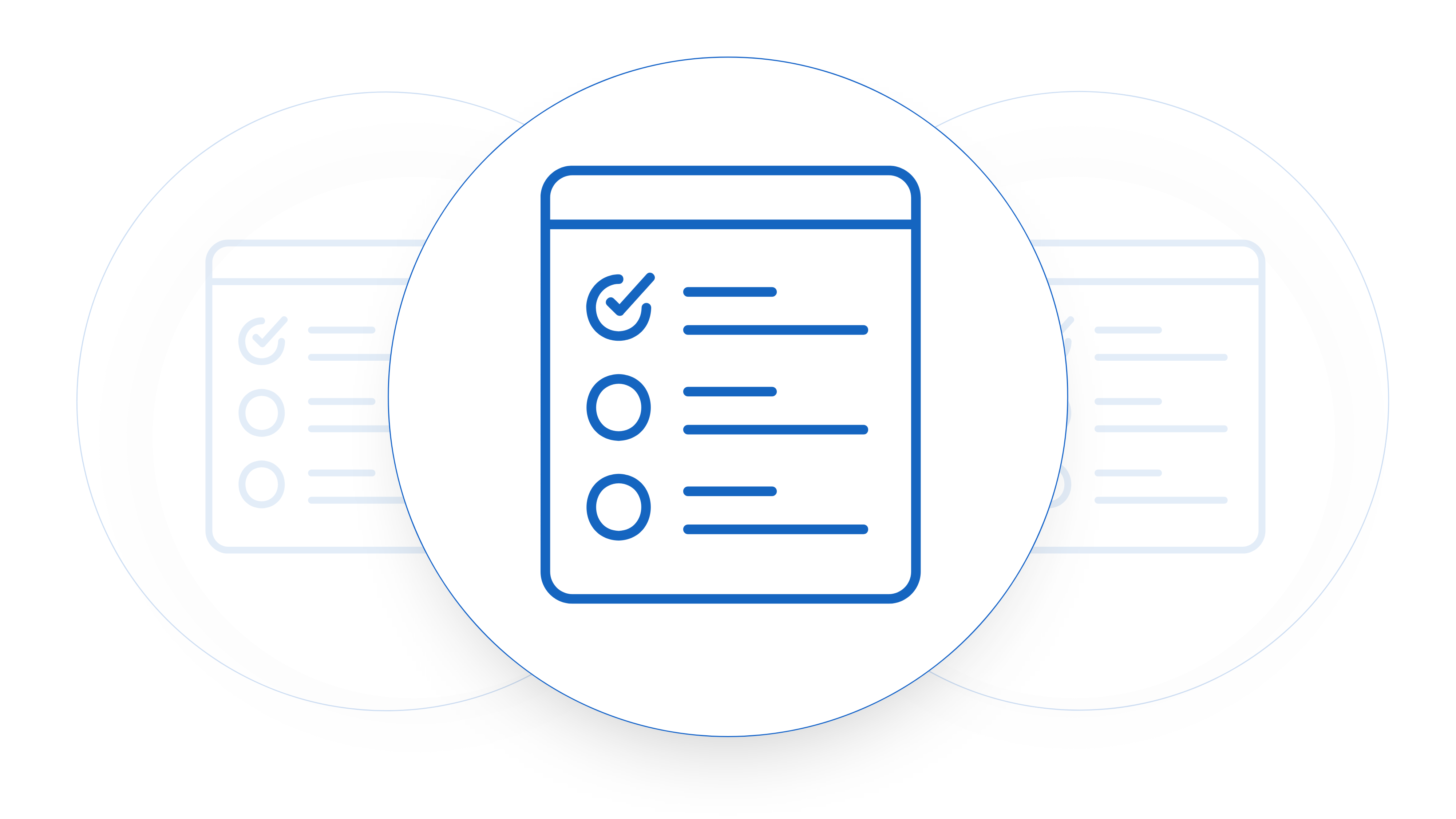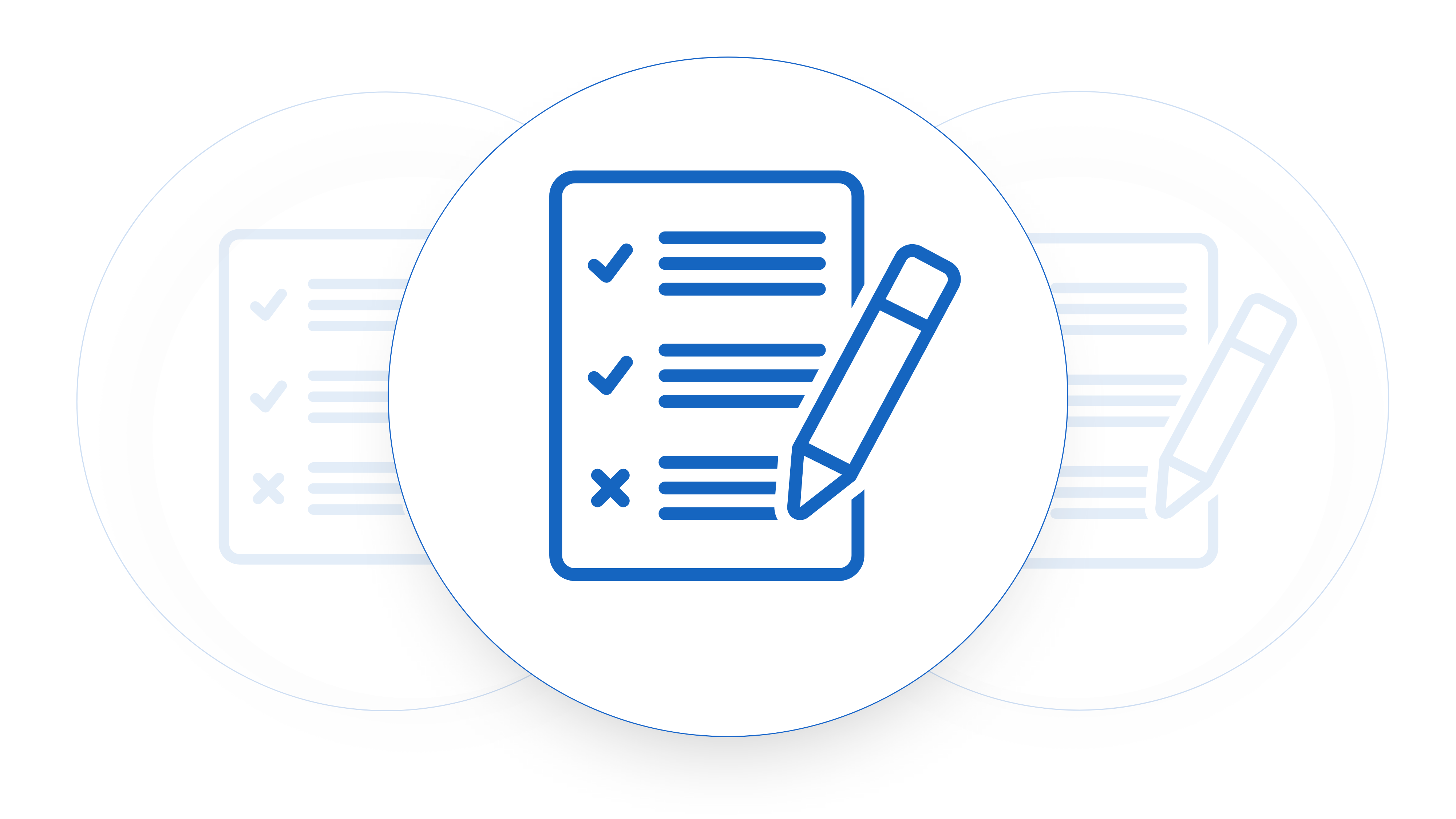Introduction
Building out a product is only half of the job to build a successful startup. The other half is understanding how to sell and market your product. One of the key skills to get used to is knowing how to write a statement of work for your product. You’ll need to get adept at defining the scope, deliverables, and expectations of what your product is providing for success. This is where knowing how to write a Statement of Work (SOW) comes into play. Whether you are a tech professional, project manager, or business owner, understanding how to write a Statement of Work for a tech product is essential. In this blog, we’ll guide you through the process with a step-by-step approach.
1. Understand Your Product and the Objectives and Requirements of Your Customer
Before diving into writing your SOW, it’s essential to have a clear understanding of your customers objectives and requirements. Meet with key stakeholders, including both in the customers team and internally, developers, and project managers, to gather insights into what the tech product needs to achieve. Define the goals, functionalities, and any specific features that are critical for success.
2. Define Project Scope and Deliverables
Clearly outline the scope of the project in your SOW. Specify what is included and, equally important, what is not included. Break down the deliverables into manageable components and detail the expected outcomes. For a tech product, this could involve defining software features, hardware specifications, user interfaces, and any other elements relevant to your project.
3. Establish a Timeline and Milestones
Time is of the essence in tech projects, and a well-defined timeline is crucial for successful delivery. Break down the rollout into phases and establish what milestones determine success for your customer for each. At the end of the day if you’re in an early startup giving your customer a product and saying ‘okay good luck’ is not a recipe for success. You’ll need to set a plan for their role out and adoption. This not only helps in tracking progress but also sets expectations for both the client and the development team. Be realistic in your timelines, allowing for potential challenges or changes along the way.
4. Specify Resources and Responsibilities
Clearly outline the resources required for the project, including personnel, technology, and any third-party services. Assign responsibilities to team members and stakeholders, ensuring everyone understands their role in the project’s success. This section can include information about project management tools, communication channels, and collaboration methods to facilitate smooth coordination.
5. Detail Technical Specifications and Standards
In a tech product SOW, technical specifications are the heart of the document. Provide detailed information about the technologies, programming languages, frameworks, and any industry standards that will be adhered to during the development process. This section should leave no room for ambiguity, ensuring that both parties have a shared understanding of the technical requirements.
6. Incorporate Quality Assurance and Testing Procedures
Quality assurance is paramount in tech product development. Outline the testing procedures, methodologies, and criteria for success. Include details about unit testing, integration testing, user acceptance testing, and any other relevant testing phases. Clearly define the criteria for acceptance, ensuring that the final product meets the agreed-upon standards.
7. Address Change Management and Revision Protocols
Tech projects are often subject to changes as they progress. Include a section in your SOW that outlines the process for change management. Specify how changes will be communicated, evaluated, and implemented. Additionally, detail the revision protocols, ensuring that both parties agree on the procedures for modifying the SOW itself.
Writing a comprehensive Statement of Work for a tech product requires careful consideration and collaboration. By following these steps and ensuring clarity in every section, you set the foundation for a successful project. A well-crafted SOW not only serves as a roadmap for the development team but also provides clients with a clear understanding of what to expect. As you embark on your tech project journey, remember that a thorough and well-communicated SOW is a key factor in turning your vision into a reality.
Still digging in folders?
Faster contract reviews & data access
What’s The Relationship Between An SOW & A Master Service Agreement?
An SOW and a Master Service Agreement (MSA) are two documents that often work together when you’re selling to enterprise customers. The MSA is usually the overarching agreement for the entire business relationship, whereas the SOW generally outlines a time period and the deliverables that you have to provide within that time period. Together they provide a comprehensive framework for selling your product. Here’s how they typically interact:
1. How An MSA Helps You To Write a Statement of Work – Overview:
- Master Service Agreement (MSA): The MSA serves as a foundational document that outlines the overarching terms and conditions of the relationship between the parties involved. It’s a comprehensive, long-term agreement that establishes the general terms, including payment terms, intellectual property rights, confidentiality, dispute resolution, and other legal considerations.
- Statement of Work (SOW): The SOW, on the other hand, is a detailed document that supplements the MSA, specifying the particulars of individual projects or services. It delves into the scope, deliverables, timelines, resources, and other project-specific details. To gain a deeper understanding of how an SOW functions and its importance, check out our guide on understanding the Statement of Work (SOW).
2. Incorporation by Reference:
- MSA: The MSA often includes a clause allowing for the creation of SOWs as needed. It serves as a framework for future projects and establishes the legal foundation for the ongoing relationship.
- SOW: Each SOW references and incorporates the terms and conditions outlined in the MSA. This ensures consistency in the contractual relationship and avoids redundancy by not re-stating general terms in every SOW.
3. Flexibility:
- MSA: It provides a degree of flexibility for future engagements. As business needs evolve, the MSA remains in place, allowing parties to negotiate and execute new SOWs without renegotiating the entire agreement.
- SOW: SOWs allow for a detailed, project-specific breakdown. They can be tailored to the unique requirements of each project, making it easier to manage changes in scope, timeline, or resources without affecting the overarching MSA.
4. Detailed Project Requirements:
- MSA: While the MSA includes general terms, it might not go into the specific details of each project or service. It sets the stage for the SOWs.
- SOW: This is where the nitty-gritty details come into play. The SOW provides a comprehensive understanding of the project, including objectives, deliverables, milestones, resources, and acceptance criteria.
5. Amendments and Changes:
- MSA: Typically, changes to the general terms and conditions are done through amendments to the MSA. This might involve formal negotiations and agreement between the parties.
- SOW: Changes to project-specific details are usually managed through amendments or change orders to the SOW. This provides a more streamlined process for addressing modifications within the scope of a particular project.
6. Termination:
- MSA: The MSA establishes the grounds for termination of the overall relationship between the parties.
- SOW: Termination provisions in the SOW are project-specific and may be independent of the termination provisions in the MSA.
7. Relationship Dynamics:
- MSA: It defines the long-term relationship and sets the tone for collaboration and responsibilities.
- SOW: It focuses on immediate project objectives, providing a more detailed understanding of roles and responsibilities for the specific engagement.
In summary, the MSA and SOW work together to create a flexible yet structured framework for business relationships. The MSA establishes the foundational legal framework, while the SOW provides the detailed project-specific information, allowing for a balance between consistency and adaptability in complex business arrangements.











